José Juan Cruz has been the mayor of Tías since 2019 and also served in the same position from 1995 to 2011. “Pepe Juan”, as he’s known to almost everyone in the town, has long experience of governing a council area that includes some of the loveliest rural areas of Lanzarote as well as its biggest and oldest resort, Puerto del Carmen. We chatted to him last month.
Why has Tías lost all its Blue Flags in two years?
We don’t know yet. The flag at Playa Grande was withdrawn last year because of construction works at the hotel on the beach, but we haven’t received the report that tells us why the other three were not awarded. We read about it at the same time as everybody else did.
The beaches are in good shape. They’re clean and ready for the summer, as well the rest of the year – people use them all year round.
What projects are underway during this term?
All the construction projects and their costs are listed at the “Obras” page of our website, ayuntamientodetias. es. Currently, we’re continuing with a large project of converting lighting to LEDs, which are cheaper and more environmentally friendly. Almost €890,000 will be spent on that in Puerto del Carmen, and we’ll also be tackling Conil and Masdache where half the villages are currently in darkness.
There’s a big project for adding cycle paths and pavements to the Rambla in Puerto del Carmen, and we’ll also be improving the main avenue in Tías, the stretch leading down to the Ferretería.
Tías urgently needs improvements in its sanitation system at La Candelaria and, as we haven’t received any money from the Cabildo or government to do it, we’ll fund €6 million ourselves.
Another big project has been drawing up an application for FEDER (European Regional Development) grants. We hope to receive almost €15 million from this, which will be used to fund innovative projects in mobility, renewables, digitalization of services, improving public space, among other areas.
What is happening with Las Grietas?
It’s a site that has suddenly increased in popularity on Instagram – before that, many locals including me, knew little about it. We’ve commissioned a geological study to assess the risk to the area and our plan is to create a parking zone near the La Candelaria church in Tías where visitors can take a footpath to the site. We need permission from the Cabildo for this, however. The road that passes the site is not our responsibility, either, although we’ve tried to discourage parking.
What’s happening with the swimming pool at Tías sports centre?
Every mayor has some projects that don’t go well. The pool is one of those, and so is the Diving Centre at Playa Chica, for which we received no bids when we put it out to tender.
I have a councillor who will hopefully issue a successful tender for the pool in the summer, but I wouldn’t dare to give a date for it or when it will open.
Another problem is the building on C/ La Luchada in Tías that used to house the culture department. We thought we could sell it, but it’s not in good shape and it seems that demolition is the answer.
What are your views on the tourism model that’s been the subject of recent protests?
Our overall strategy has been one of improvement rather than growth. One problem in Puerto del Carmen was that there were a lot of low-quality places – that’s why Playa Blanca could make more money than us even though it has fewer tourist beds. Renovation and quality is the answer. There’ll be no more hotels, no more shopping centres.
But we owe a lot to tourism. Next year, on the 12th October, we’ll celebrate 60 years since the first tourist signed the register at Hotel Fariones, and we’re currently looking for ideas for events to celebrate that landmark.
Do you support a tourist tax? Or the kind of “municipal charge” that has been introduced by the Mayor of Mogán in Gran Canaria.
Many cities have a tourist tax now, and it’s clear that we have to do something, but the money raised has to have a clear aim, and it would have to be just as clear who gets to manage it and what it’s spent on.
I sympathise with the Mayor of Mogán. Like her, I’m Mayor of a busy tourist destination, not a pretty little coastal village with a handful of visitors every day. I have to pay for lifeguards on four beaches, and they’re there all day. If there are public toilets, they need to be cleaned every hour. It’s the same with emptying rubbish. There are a lot of extra costs involved so, if a tourist tax is going to help towards those extra costs, I’m all in favour of it.

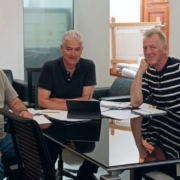
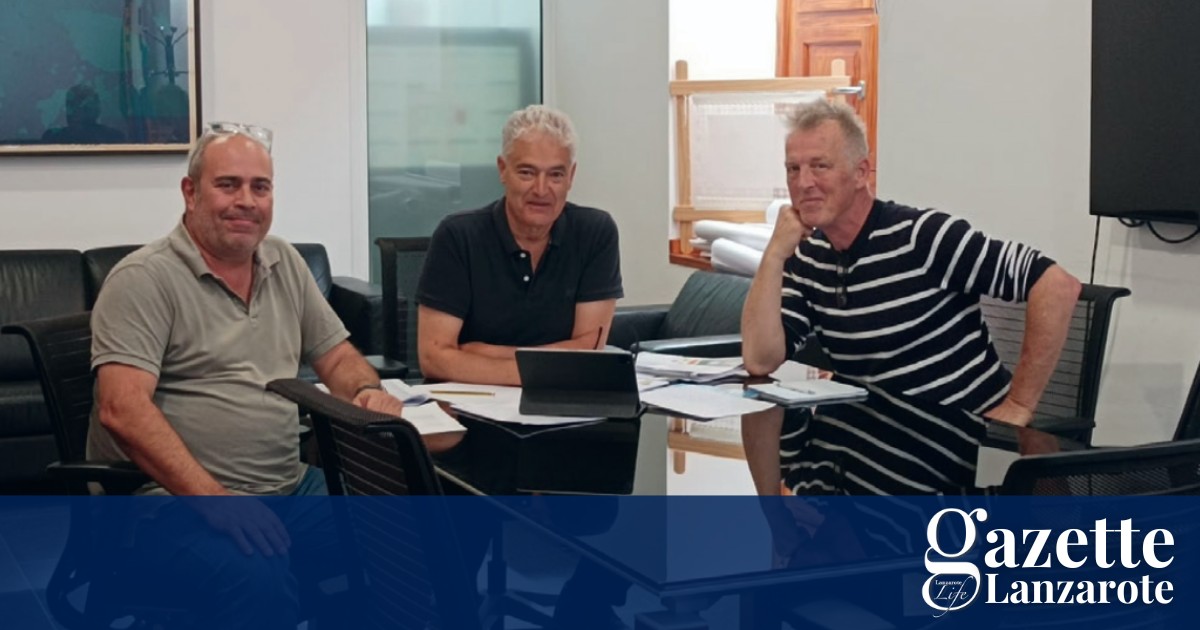
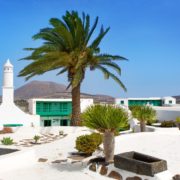
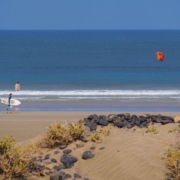
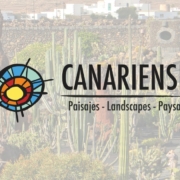





Leave a Reply
Want to join the discussion?Feel free to contribute!